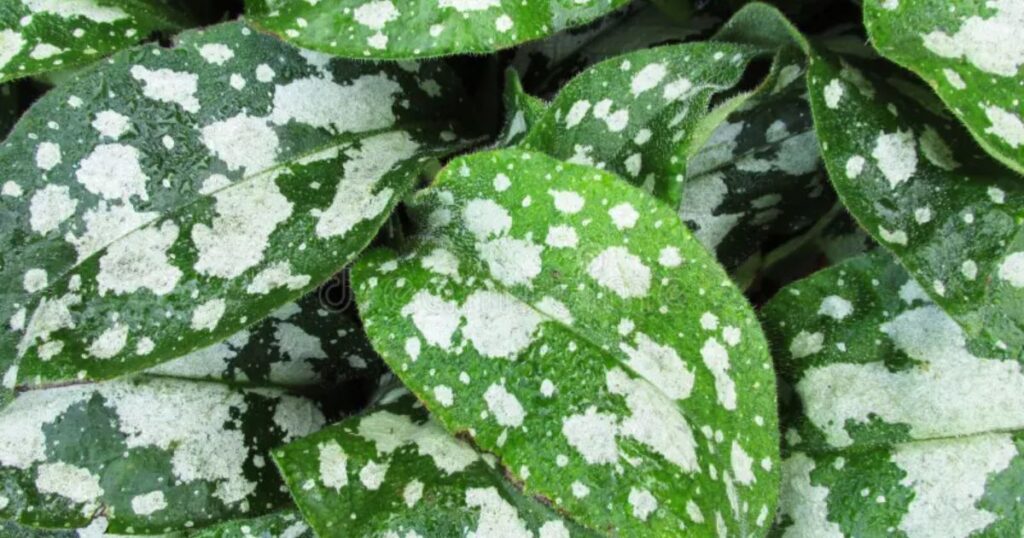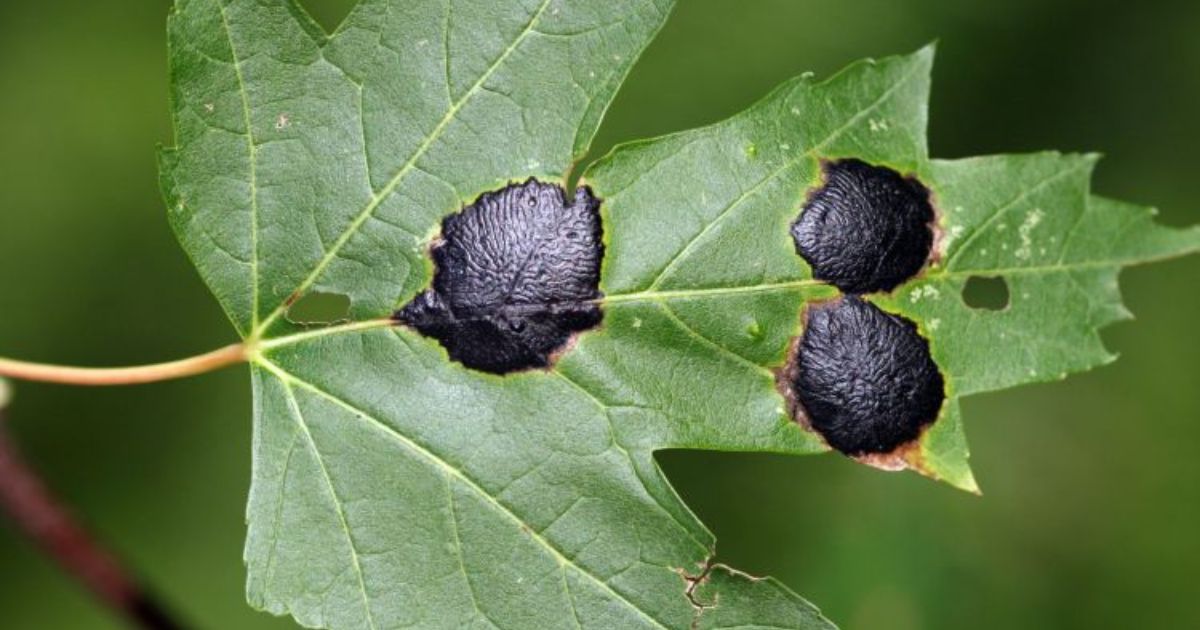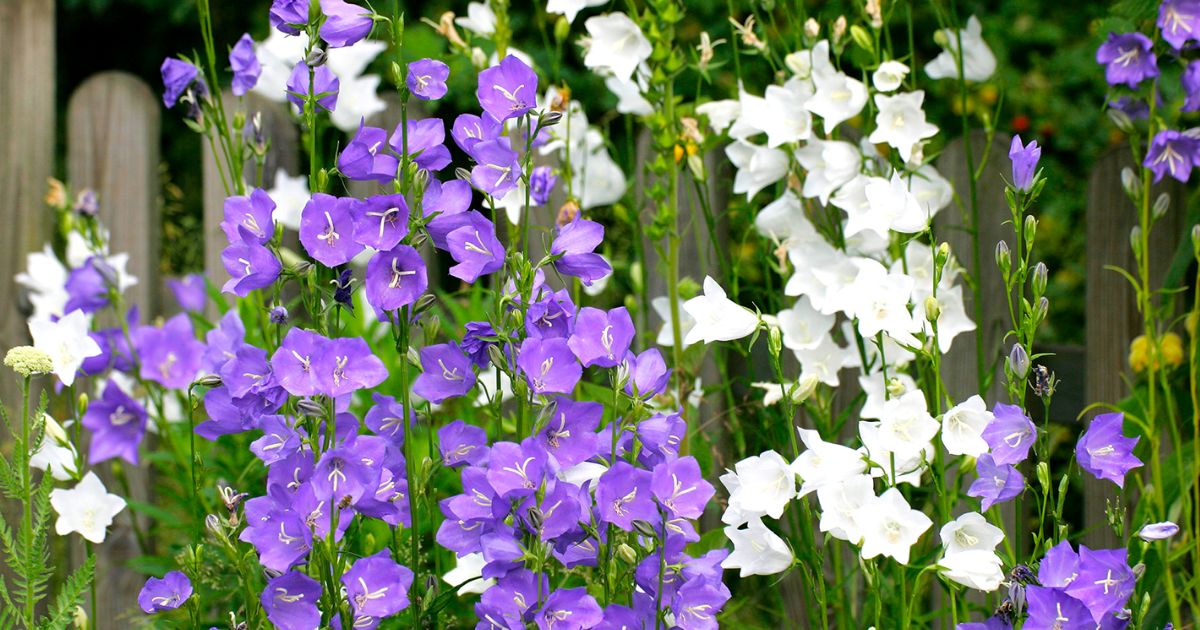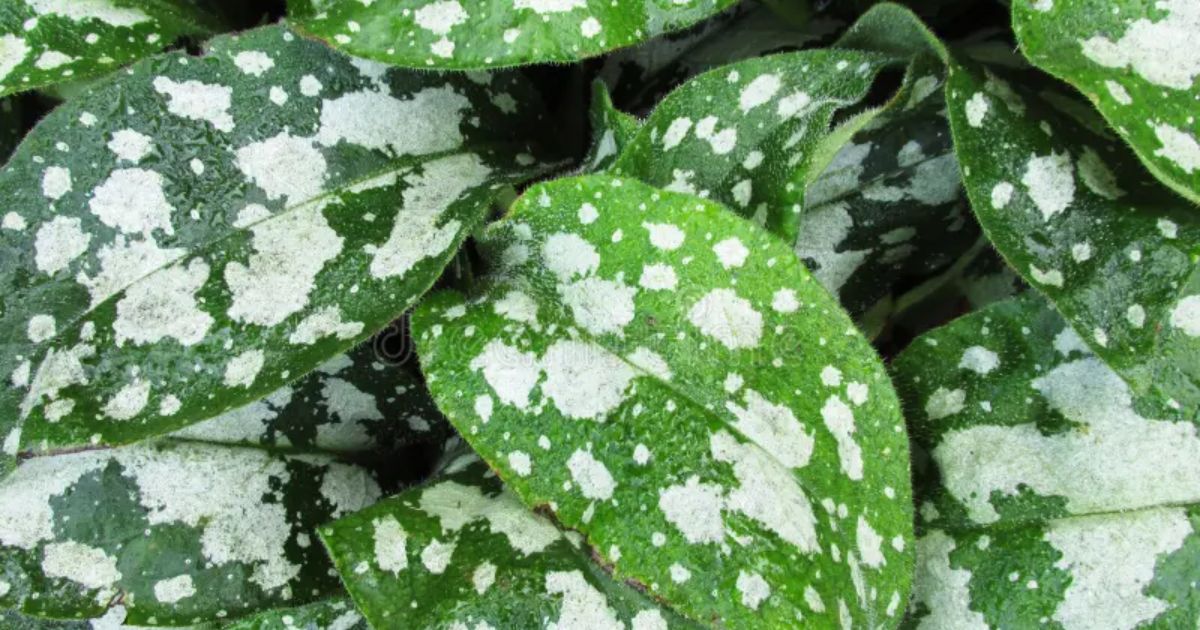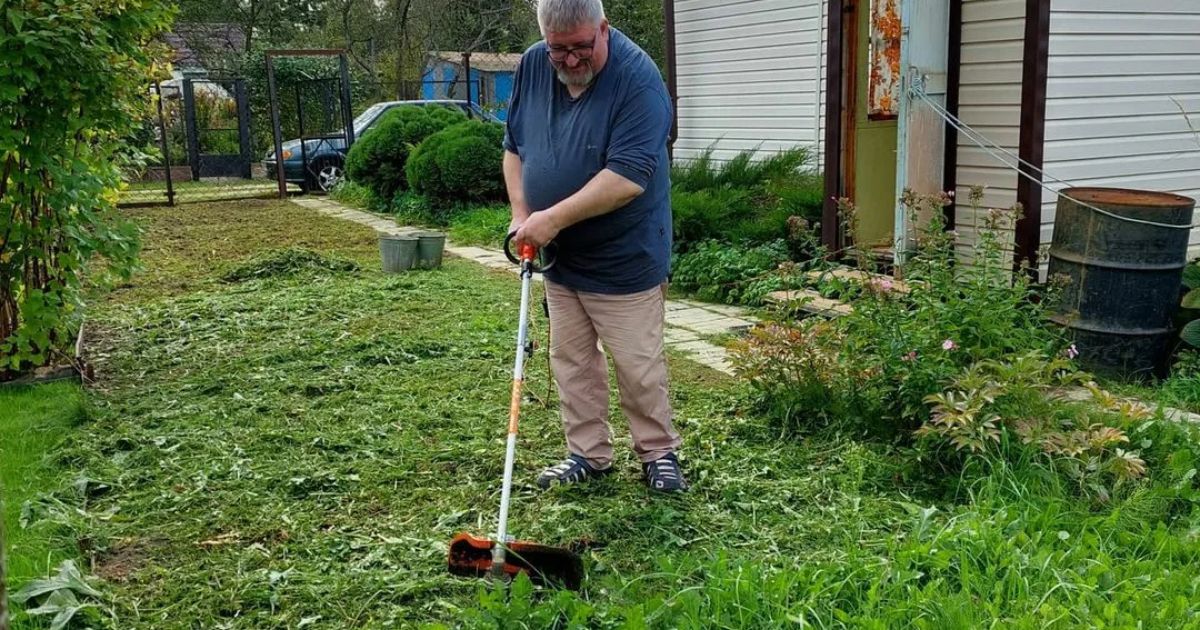Discovering small white spots on your plant’s leaves can be concerning, especially if you take pride in maintaining a lush and healthy garden. These spots may appear harmless at first glance, but they often signal that something is wrong beneath the surface. Whether you’re caring for houseplants, garden vegetables, or outdoor ornamentals, white spots can result from several factors, including pest infestations, fungal growth, nutrient deficiencies, or environmental stressors such as excessive sunlight or inadequate ventilation.
Understanding the root cause is essential because different problems require different treatments. For example, powdery mildew, a common fungal disease, creates white patches that spread quickly if left untreated, while pests like spider mites or mealybugs leave tiny white dots as they feed on plant sap. Sometimes, even simple water quality issues or over-fertilization can trigger similar symptoms.In this comprehensive guide, we’ll help you identify the cause of those mysterious white spots on your leaves and provide practical, effective solutions to treat and prevent them. By learning how to diagnose early warning signs, you can protect your plants, restore their health, and ensure your garden continues to thrive in every season.
What Are Small White Spots on Leaves?
little white spots on leaves aren’t just cosmetic blemishes; they’re symptoms of underlying issues affecting plant health. The size, shape, and texture of these patches can range from powdery coatings to distinct circular marks or even fuzzy growths. They appear on a wide range of plants, including vegetables like tomatoes and cucumbers, What Causes White Spots on Tomato Leaves ornamentals such as roses and orchids, and houseplants like peace lilies or spider plants.

At a cellular level, these spots often result from disruptions in the leaf’s epidermis or mesophyll layers. Fungal spores, insect excretions, or environmental stressors penetrate or settle on the surface, leading to discoloration. Ignoring them can escalate to yellowing, wilting, or defoliation, stunting growth, and reducing yields in edible crops. Early detection is key, as many causes are treatable if caught promptly.To identify them accurately, observe under good lighting: Are the spots powdery and wipeable? Raised and sticky? Accompanied by webbing or insects? Photographing and comparing to online resources or plant apps can aid diagnosis. Now, let’s break down the primary culprits.
Fungal Infections: The Powdery Mildew Menace
One of the most prevalent causes of small white spots on leaves is powdery mildew, a fungal disease caused by various species in the Erysiphales order, such as Podosphaera xanthii on cucurbits or Oidium on roses. This pathogen thrives in warm, humid conditions with poor air circulation, often between 60-80°F (15-27°C).
Symptoms and Spread
Powdery mildew begins as small, circular, white spots on the upper leaf surfaces, resembling flour dust on the plant. As it progresses, spots coalesce into a powdery blanket, sometimes spreading to stems, buds, and flowers. Infected leaves may curl, distort, or drop prematurely. Unlike downy mildew (which appears yellowish on topsides and purplish underneath), powdery mildew is strictly superficial and doesn’t require free water to germinate. Spores are spread through the wind or by splashing.
In vegetable gardens, it hits squash, zucchini, and melons hard, reducing photosynthesis by up to 50% and causing fruit sunburn. On ornamentals like phlox or lilacs, it mars aesthetics without always killing the plant.
Why It Happens
High humidity (above 50%) combined with dry leaves creates ideal conditions for mold growth. Overcrowded planting, shade, and overhead watering exacerbate the spread of the disease. Stressed plants, whether due to nutrient deficiencies or drought, are more susceptible, as their immune responses become weakened.
Diagnosis Tips
Rub the spot: If it smears like talcum powder, it’s likely powdery mildew. Microscopic examination reveals chains of conidia (asexual spores). Differentiate from salt buildup (crusty, not powdery) or thrips damage (silvery streaks).
Prevention Strategies
- Cultural Controls: Space plants 12-24 inches apart to allow for adequate airflow. Plant in full sun (6+ hours daily). Water at the base early in the day to keep foliage dry.
- Resistant Varieties: Select mildew-resistant cultivars, such as ‘Eureka’ cucumbers or ‘Carefree Wonder’ roses.
- Sanitation: Remove and destroy infected debris in the fall. Avoid composting diseased material.
Treatment Options
- Organic Remedies: Combine one gallon of water, a teaspoon of dish soap, and a tablespoon of baking soda; spray weekly. Neem oil (in a 1-2% solution) disrupts fungal growth.
- Fungicides: Sulfur-based products, such as Safer Brand Garden Fungicide, are effective and OMRI-listed for use in organic gardening. Apply at the first signs, repeating every 7-14 days.
- Biological Controls: Introduce beneficial fungi, such as Ampelomyces quisqualis (found in products like AQ10), to parasitize mildew.
In severe cases, prune the affected parts with sterilized shears, How to Identify Purple Leaf Plum Tree Diseases dipping them in a 10% bleach solution between cuts. Recovery can take 2-4 weeks with consistent care and attention.
Insect Pests: Mealybugs, Whiteflies, and Spider Mites
Pests often masquerade as diseases, leaving white spots on leaves through feeding or waste.
Mealybugs: The Cottony Culprits
These soft-bodied insects, related to scale, appear as white, waxy clumps (1/8-1/4 inch) on leaves, stems, and crevices. Females produce cotton-like egg sacs, and nymphs excrete honeydew, leading to sooty mold (black coating over white spots).
Mealybugs suck sap, causing stippling – tiny, white or yellow dots resulting from chlorophyll loss. Common on succulents, citrus, and orchids.
Lifecycle: Eggs hatch in 1-2 weeks; adults live 1-3 months. Infestations What Are Basil Black Spots and How Can You Eliminate Them? explode in warm greenhouses.
Control:
- Isolate infested plants.
- Dab with 70% isopropyl alcohol on a Q-tip for minor outbreaks.
- Release predatory ladybugs or lacewings.
- Insecticidal soaps or horticultural oils smother them; repeat every 5-7 days for 3 applications.
Whiteflies: Tiny Flying Vampires
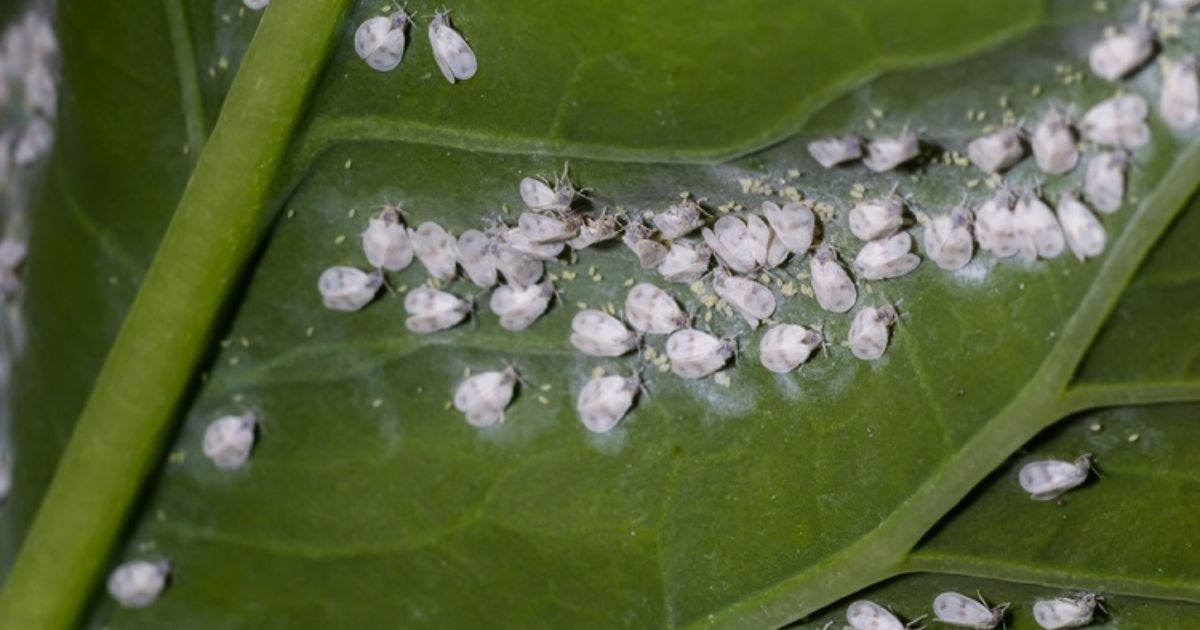
Adult whiteflies (1/16 inch) resemble moths; they flock when disturbed. Nymphs create white spots via feeding punctures and honeydew.
Prevalent on tomatoes, poinsettias, white mold on leaves and hibiscus. They transmit viruses, such as tomato yellow leaf curl.
Management:
- Yellow sticky traps capture adults.
- Vacuum gently in the mornings.
- Neem or pyrethrin sprays target nymphs.
Spider Mites: Microscopic Web-Spinners
Not true insects, these arachnids (pinhead-sized) cause bronzing with fine white stipples. 5 Causes of Orange Spots on Pear Tree Leaves Webbing confirms presence.
Thrive in hot, dry conditions (below 50% humidity).
Eradication:
- Hose off with strong water jets.
- Miticides like abamectin or increase humidity to 60%+.
- Predatory mites (Phytoseiulus persimilis) provide biological control.
Regular inspections under a 10x magnifier catch early signs of issues.
Environmental and Nutritional Factors
Not all white spots stem from living organisms.
Edema: Waterlogged Woes
Overwatering leads to edema, corky, white blisters caused by cells bursting due to excess water. Common in ivy, begonias during cool, humid spells.
Fix: Improve drainage and let the soil dry between waterings. Use terracotta pots for breathability.
Sunscald and Chemical Burns
Intense sunlight on wet fungus on leaves causes white scorch marks. Fertilizer salts or pesticide overuse leave crystalline white residues.
Prevention: Gradually acclimate plants to sunlight. To prevent salt accumulation, flush the soil with water.
Nutrient Deficiencies
Calcium shortage (blossom end rot in tomatoes manifests as leaf spots) or iron chlorosis (interveinal whitening) can mimic spots.
Soil Testing: Amend with lime for calcium or chelated iron sprays.
Viral and Bacterial Infections
Less common but serious:
- Mosaic Viruses: Cause mottled white patterns; spread by aphids. No cure, remove plants.
- Bacterial Leaf Spot (Xanthomonas spp.): Water-soaked spots turn white with yellow halos. Copper fungicides help.
Case Studies: Real-World Examples
- Tomato Garden Nightmare: A homeowner noticed small white spots on tomato leaves mid-summer. Diagnosis: Powdery mildew from dense planting. Solution: Thinned plant leaf white spots were applied with a milk spray (1:9 milk-water ratio, rich in proteins that inhibit fungi). Yield recovered 80%.
- Indoor Ficus Fiasco: White cottony spots on a fiddle-leaf fig. Mealybugs from a new plant introduction. Alcohol swabs and ladybug release eradicated them in 3 weeks.
- Rose Bush Revival: Spider mites in dry heat caused stippling. How to Treat a Pear Tree with Orange Spots on Leaves Daily misting and miticide restored lush growth.
Advanced Diagnostics and Tools
For precision:
- Leaf Samples: Send to extension services for lab analysis.
- Apps: Plantix or iNaturalist use AI for ID.
- pH and EC Meters: Monitor soil health.
Holistic Plant Care to Prevent White Spots
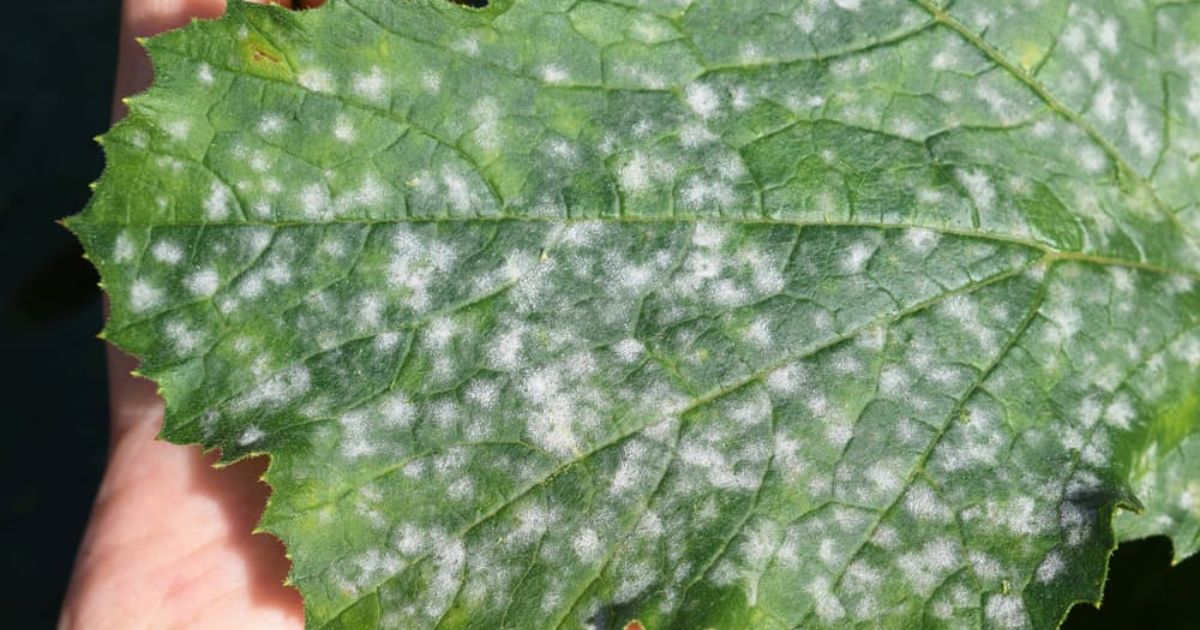
Build resilience:
- Soil Health: Incorporate compost for microbial diversity.
- Rotation: In veggies, rotate crops annually.
- Monitoring: Conduct weekly checks during the growing season.
Conclusion
Small white spots on leaves may seem like a minor issue at first, but they can quickly become a serious threat to your plants’ health if ignored. Whether the cause is pests, fungal infections, or environmental stress, timely detection and proper treatment make all the difference. Regularly inspecting yourpowdery mildew on plants allows you to spot early signs of trouble before they spread, enabling you to act quickly with the right solution, whether it’s organic pest control, fungicides, or simple adjustments in watering and light conditions.
Maintaining good plant hygiene also plays a crucial role in prevention. Cleaning leaves, ensuring proper air circulation, and avoiding overwatering or overcrowding can drastically reduce the chances of white spots appearing in the first place. Healthy soil, balanced nutrients, and adequate sunlight further strengthen your plants’ natural defenses.Remember, every plant communicates its needs through visible signs, such as leaf spots, discoloration, or drooping. You may restore the life of your plant by paying attention and reacting accordingly. And prevent future outbreaks. tiny white dots on leaves, care, and consistency, your plants will continue to flourish lush, green, and spot-free, adding life and beauty to your garden or indoor space.
FAQ
What causes small white spots on leaves?
White spots can result from fungal infections (such as powdery mildew), pest infestations (like spider mites or mealybugs), mineral deficiencies, or environmental stressors like sunburn or overwatering.
How can I tell if the white spots are caused by pests or fungi?
If you notice small moving dots or fine webbing, pests are likely the cause. Fungal infections, on the other hand, usually appear as powdery or fuzzy patches that spread across the leaf surface.
Are white spots on leaves harmful to plants?
Yes. White spots often interfere with photosynthesis, causing the plant to weaken over time. If left untreated, they can lead to yellowing, leaf drop, and stunted growth.
How do I treat white spots naturally?
Use a mild neem oil spray or a prepared solution of water and baking soda to regulate and control fungal growth. For pests, wipe leaves with a soft cloth soaked in diluted soapy water.
Can I prevent white spots from returning?
Absolutely. Ensure good air circulation, avoid overcrowding plants, water properly, and inspect leaves regularly. Keeping your plants clean and stress-free is the best prevention strategy.

